The Beauty of Japanese Gardens.
Japanese gardens provide an oasis of peace and tranquility wherever they are situated.

Their designs are based on providing "walking gardens," with footpaths and seating areas or "viewing gardens," which are on a much smaller scale. The goal of a Japanese Garden designer is to create an illusion of spaciousness and they do this by using perspective.
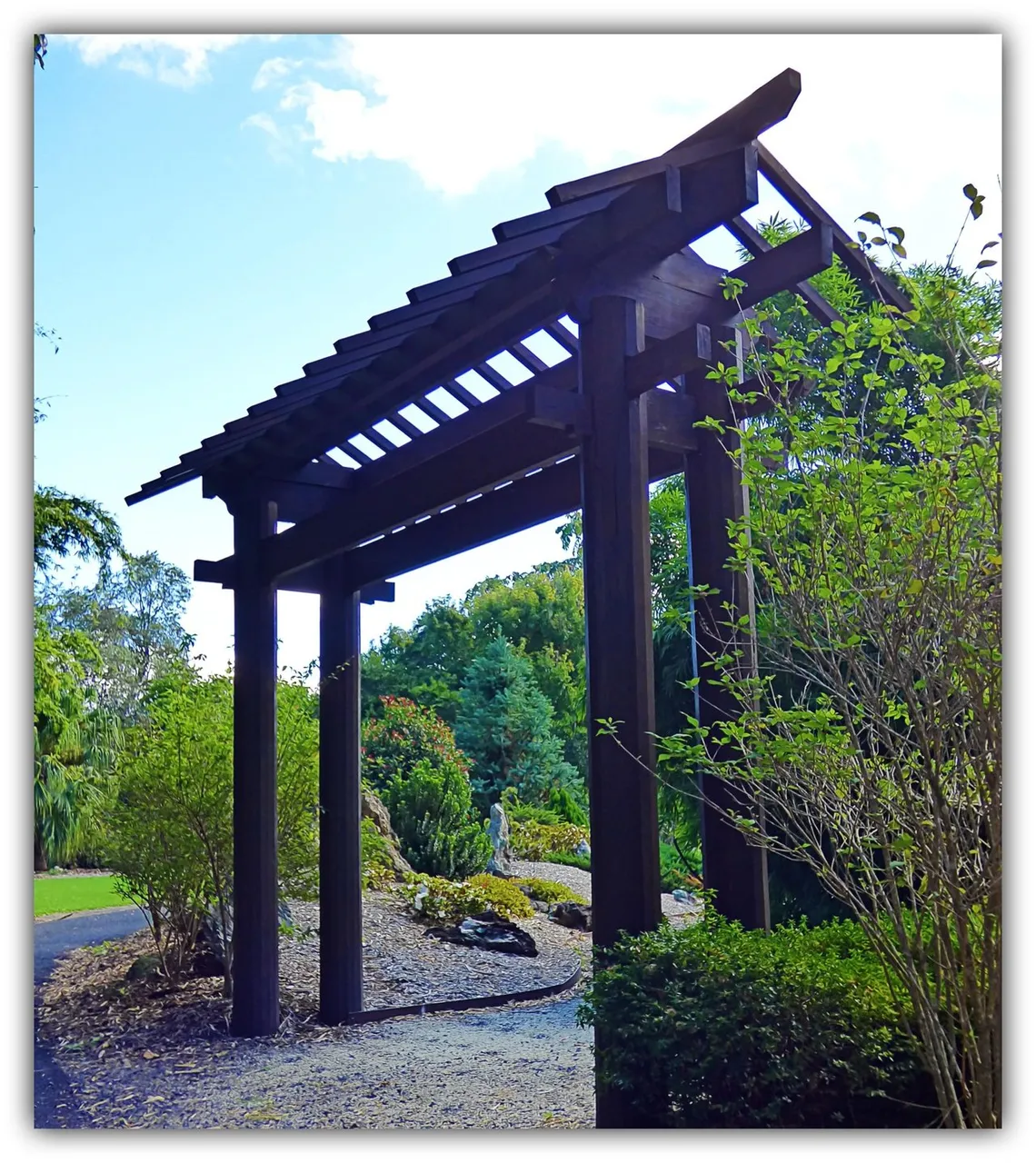
This is done by surrounding the perimeter of a walking garden with dwarf or small trees which gives the impression of greater distance. And a pond or a hill feature at the front of a viewing garden will be larger than one at the back of the garden. So, from the observers point of view, the smaller natural feature will appear to be further away than it really is.
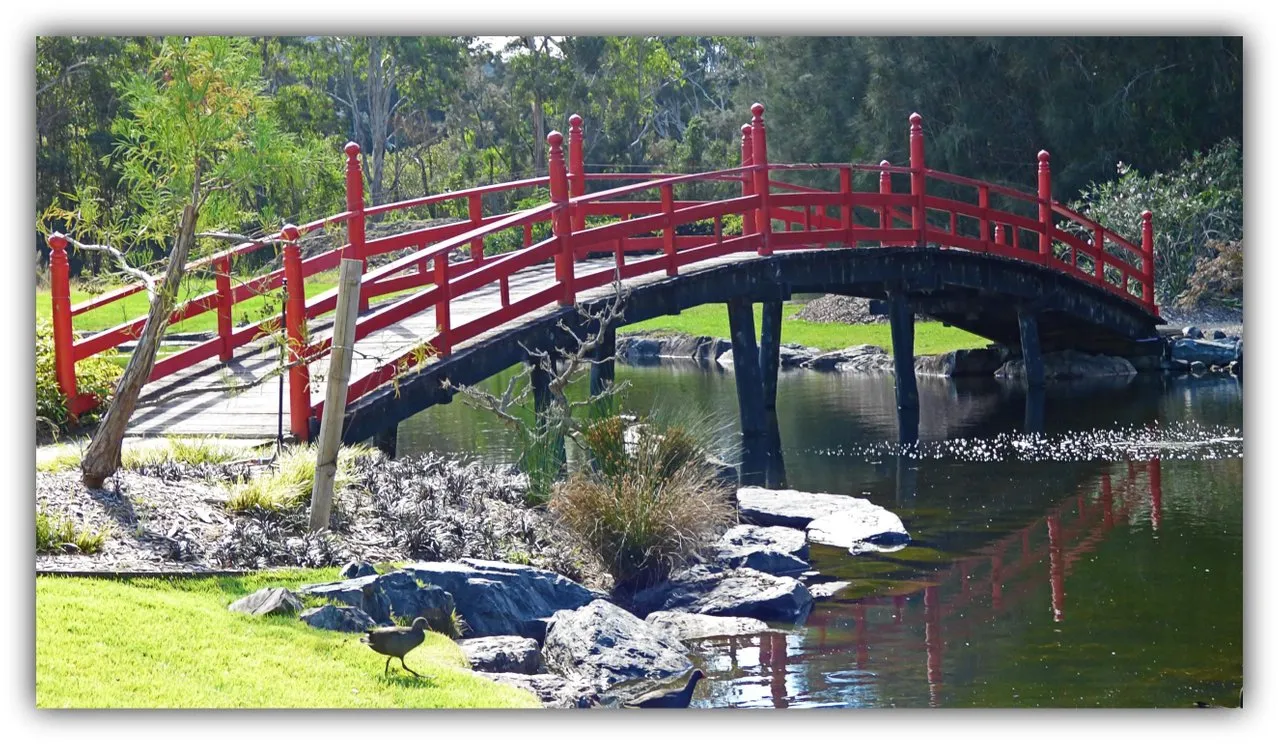
When one begins on their relaxing journey around a Japanese garden, every point should offer new perspectives which harmonises with the overall area. One of the main benefits of viewing these gardens is to appreciate the beauty of harmony.
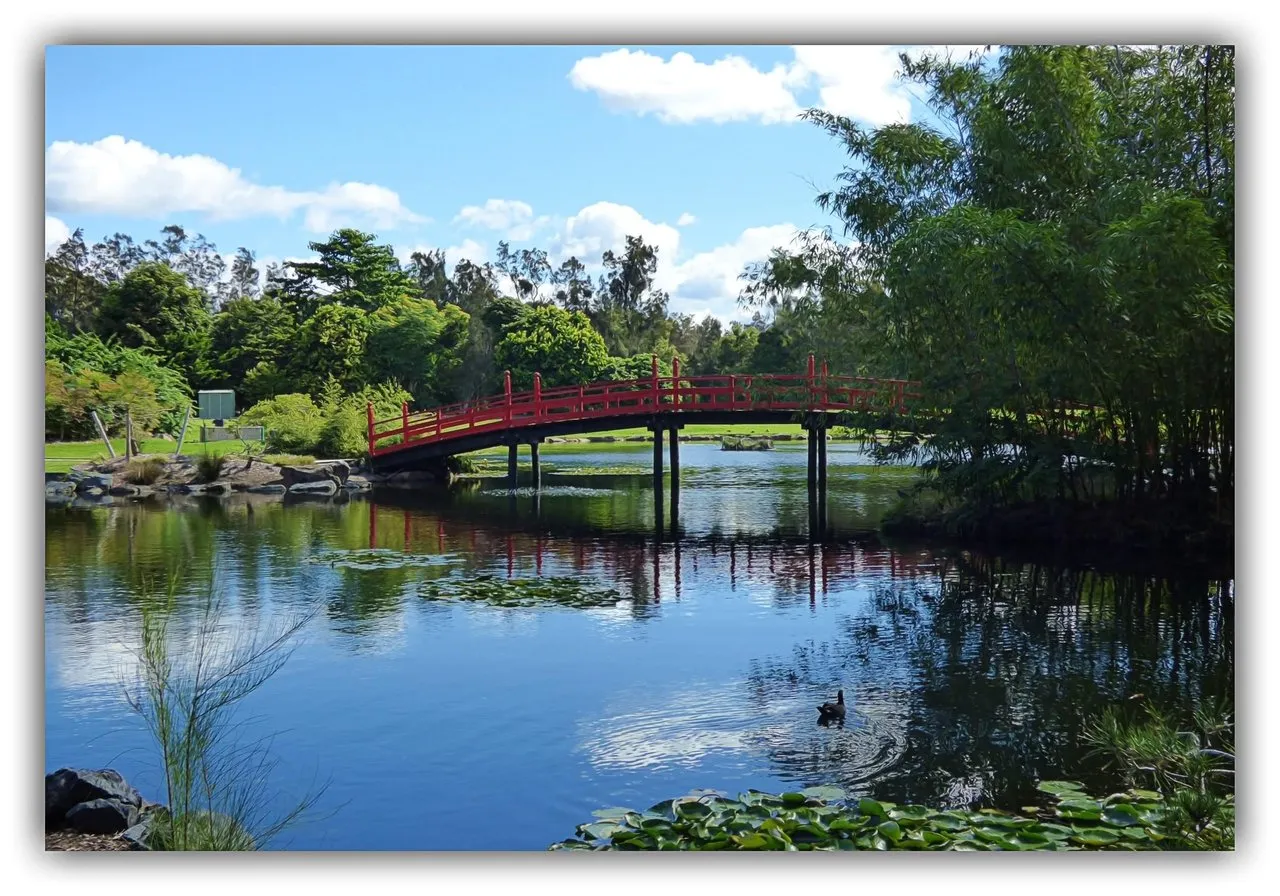
They are purposefully designed to instil peace and inspire meditation. The best designed Japanese gardens combine as many favourable elements of nature as possible, within a compact space.
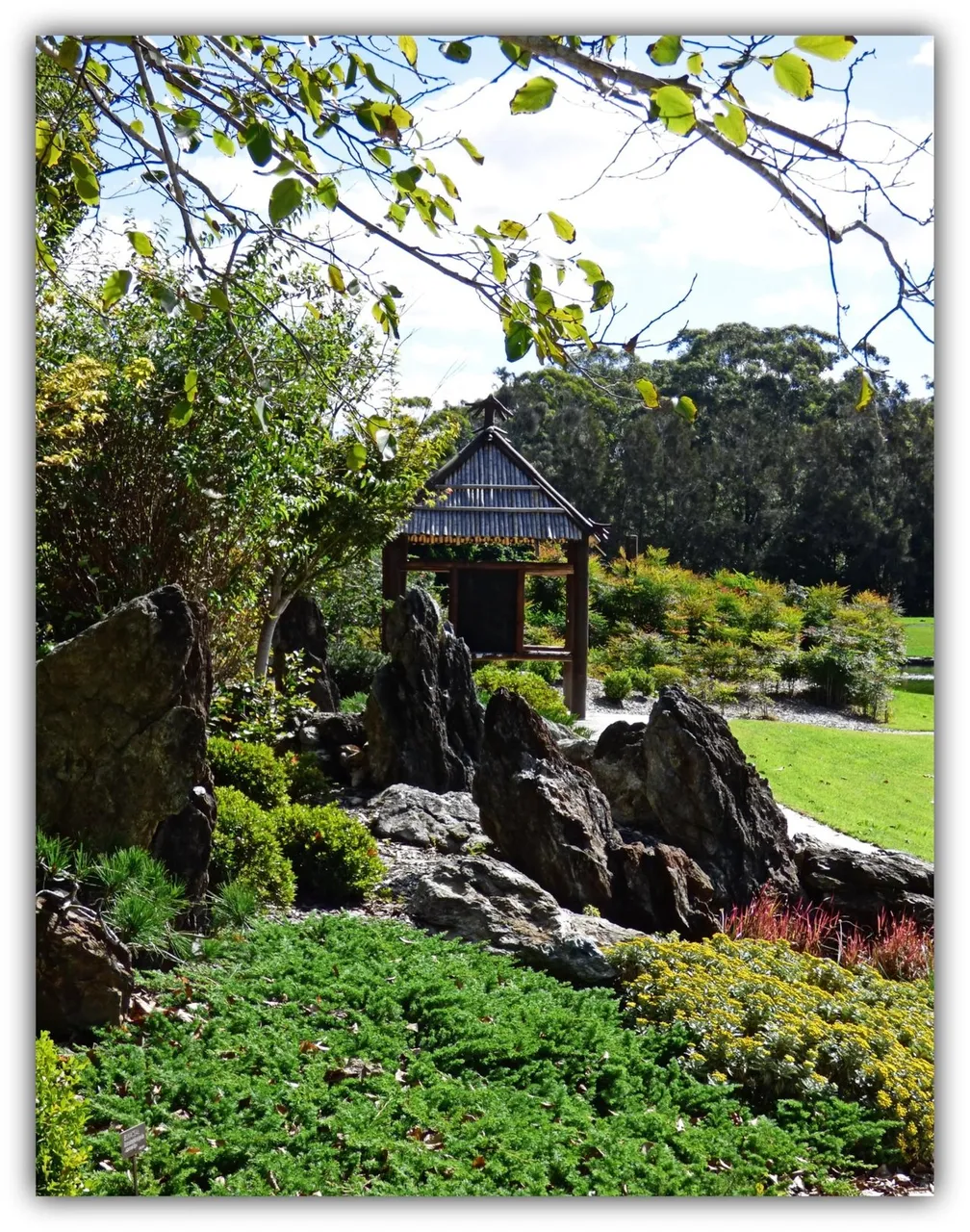
A lot of effort goes into the planning of Japanese gardens and this requires a completely different approach than traditional Western gardens.
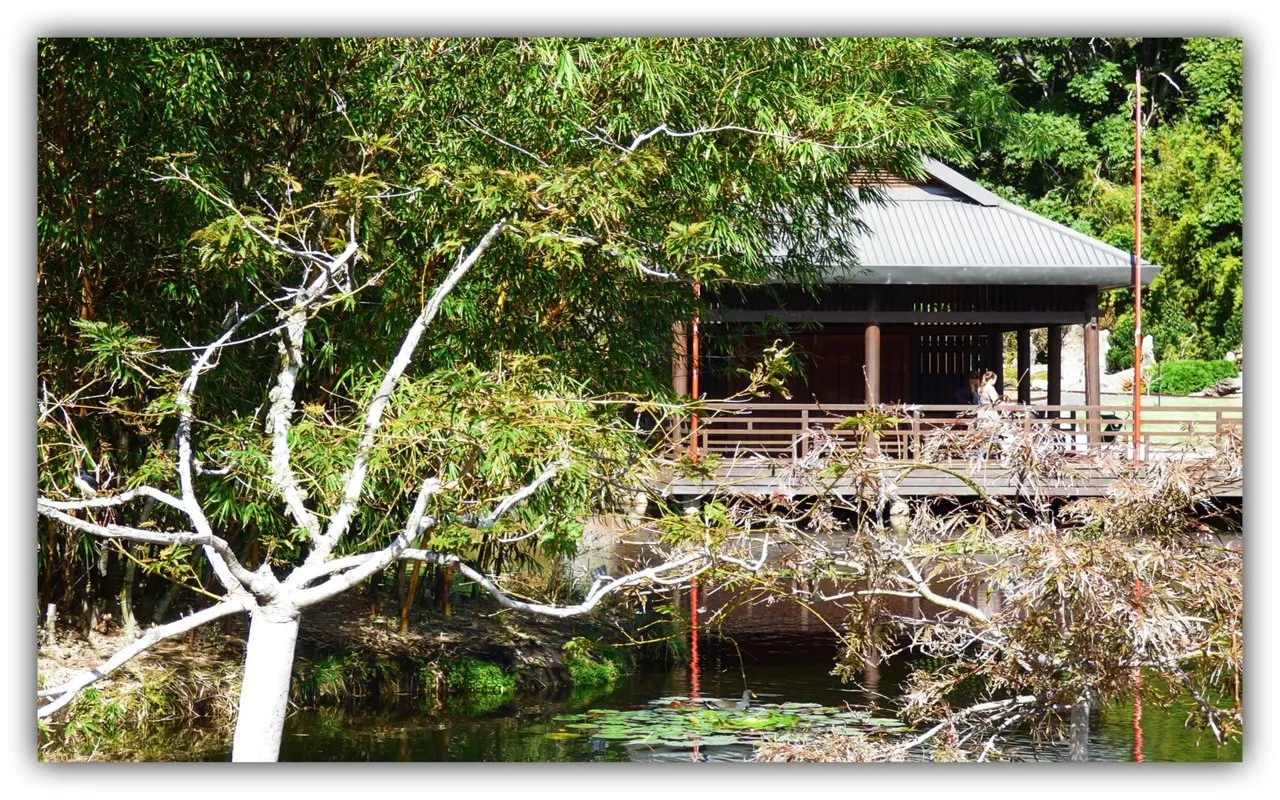
They have become so popular that many garden designers who truly appreciate this ancient art, now specialize in creating the perfect Japanese gardens.
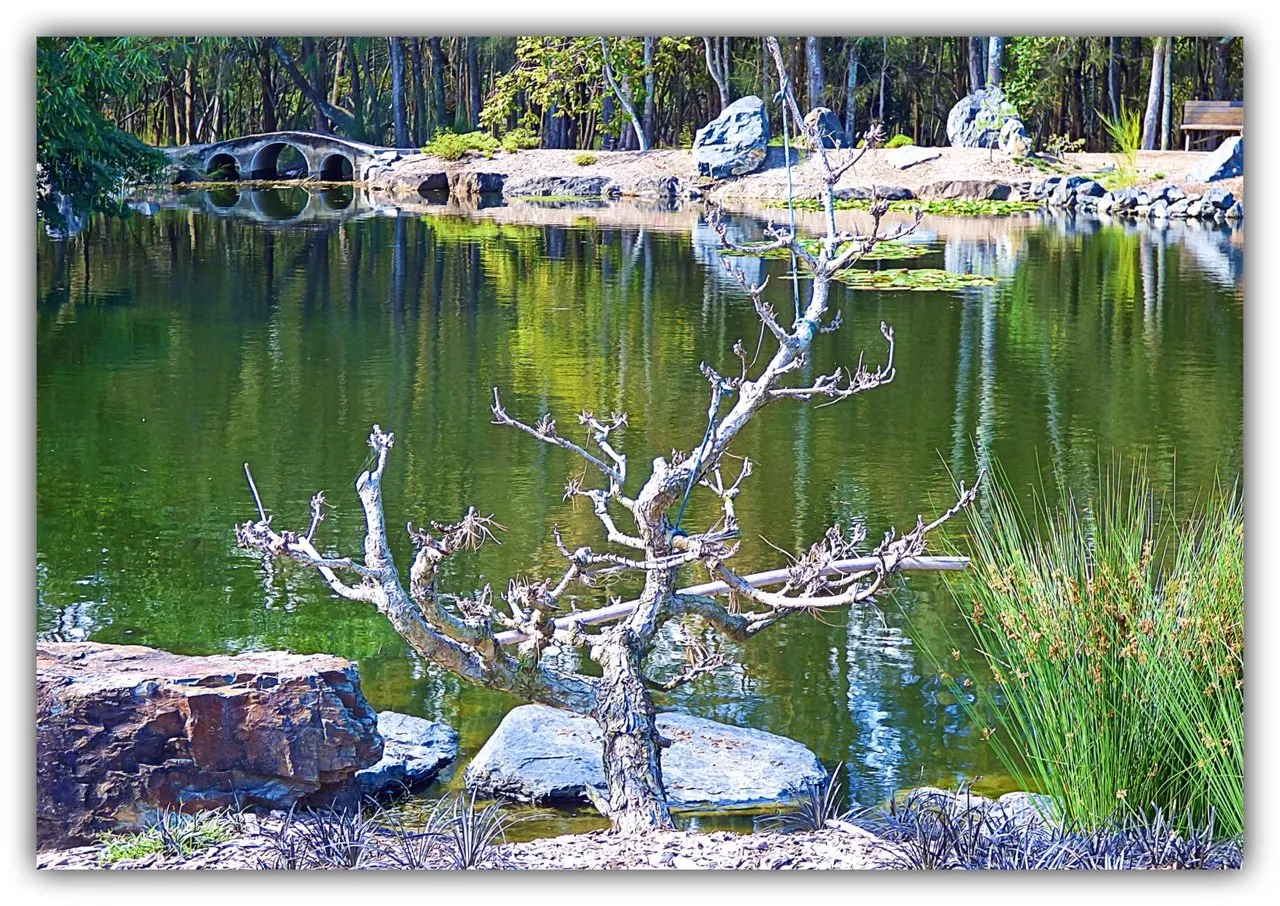
Natural stones are an important feature and they will range from small round stones which may cover the pathways, to large rocks which can be very prominent.
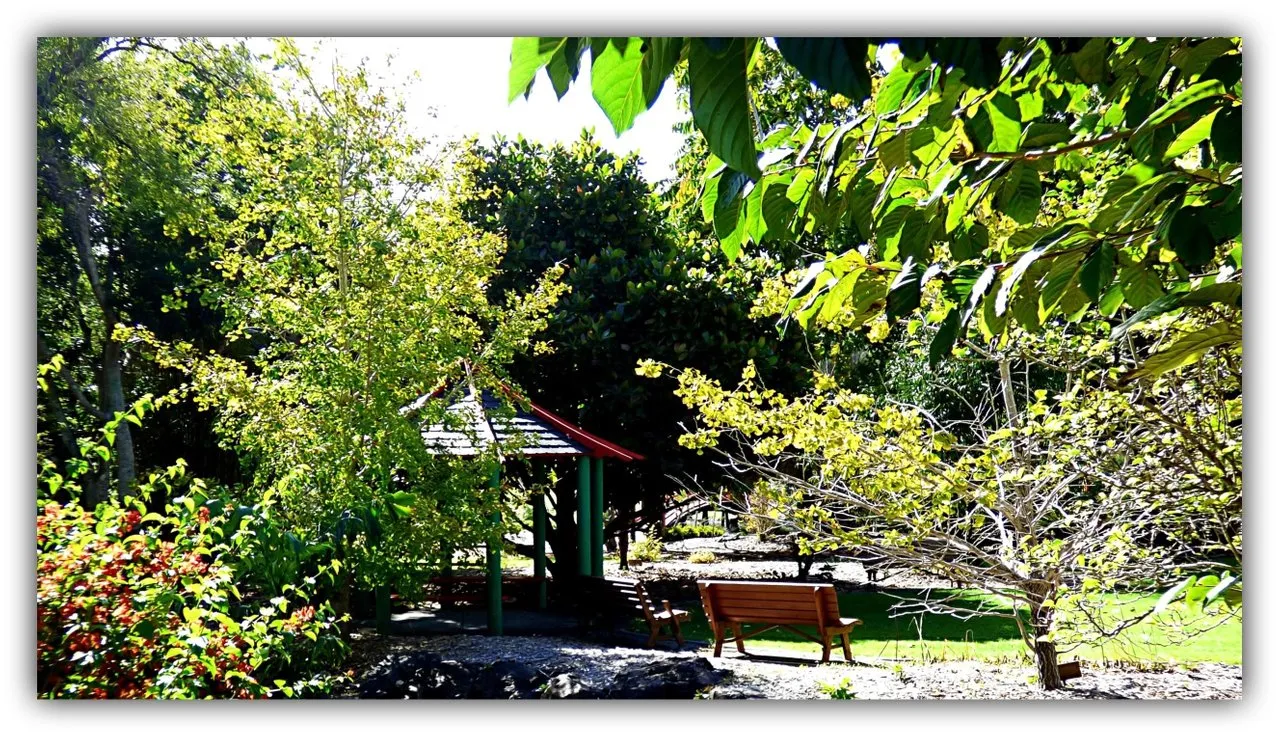
Zen rocks are valuable additions to Japanese gardens and these carefully selected large rocks become natural sculptural works of art.
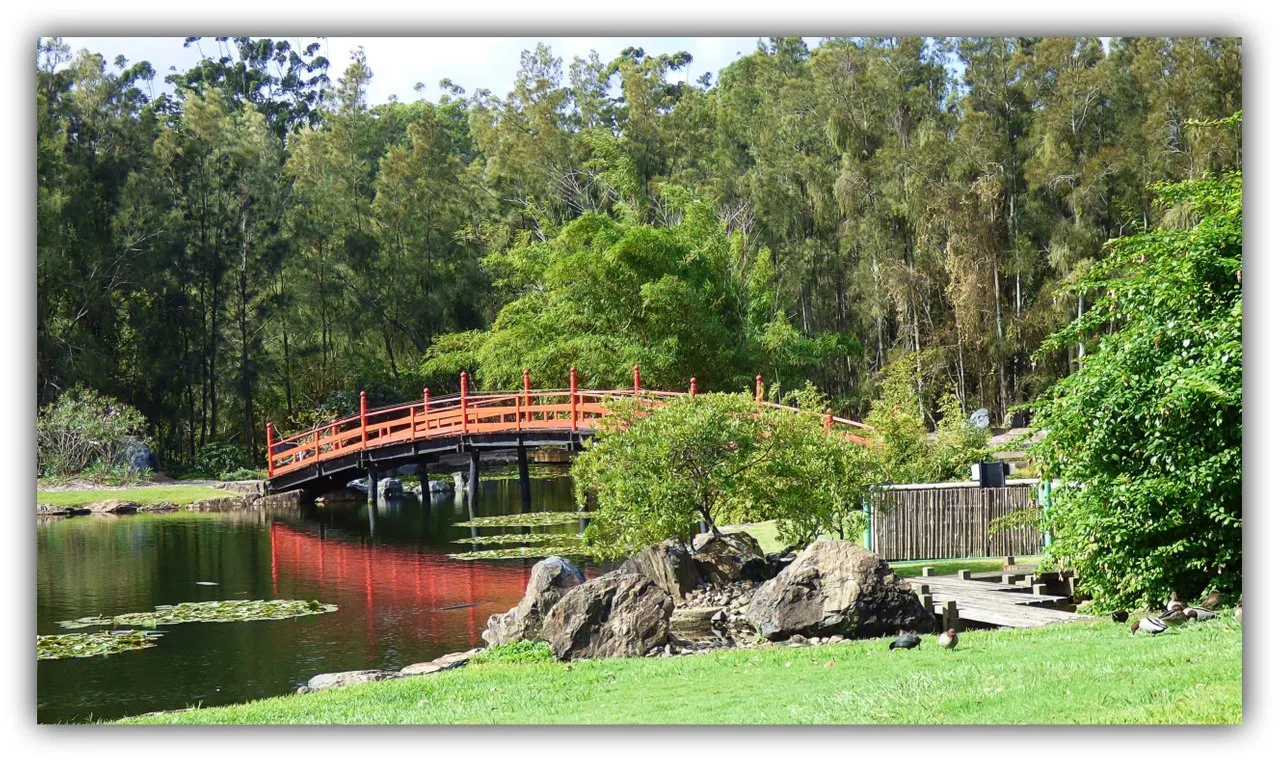
Small pebbles symbolise water and these are chosen for their colour, shape and texture. To manufacture distant rocky peaks, large jagged stones are placed in strategic places. If the illusion of a far away hill is required, a softly rounded moss-covered stone is used.
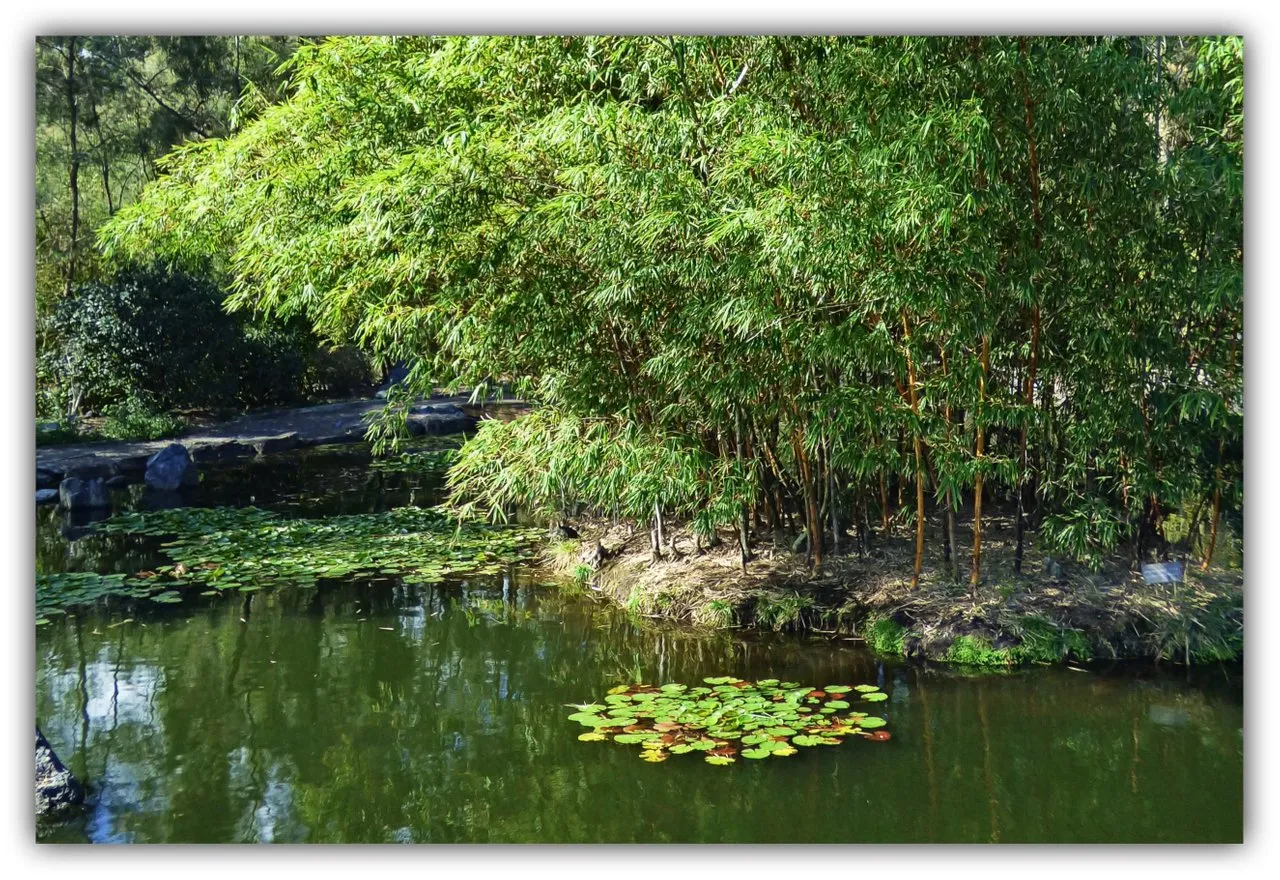
Designers even take into consideration the ‘feel’ of a stone because this relates to their ‘energy.’ Apparently, some stones have a strong domineering feel whereas others are softer and more feminine.
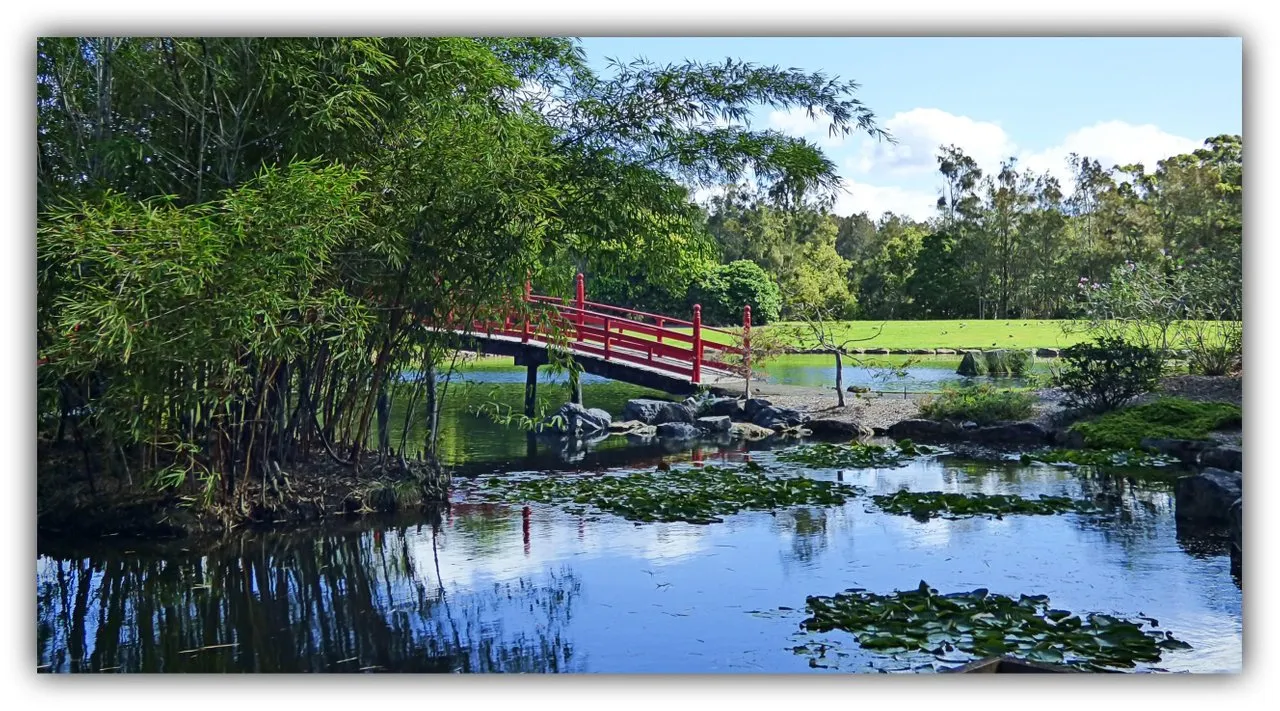
When man made elements are incorporated, they should always be sourced from natural materials and should serve a natural function.
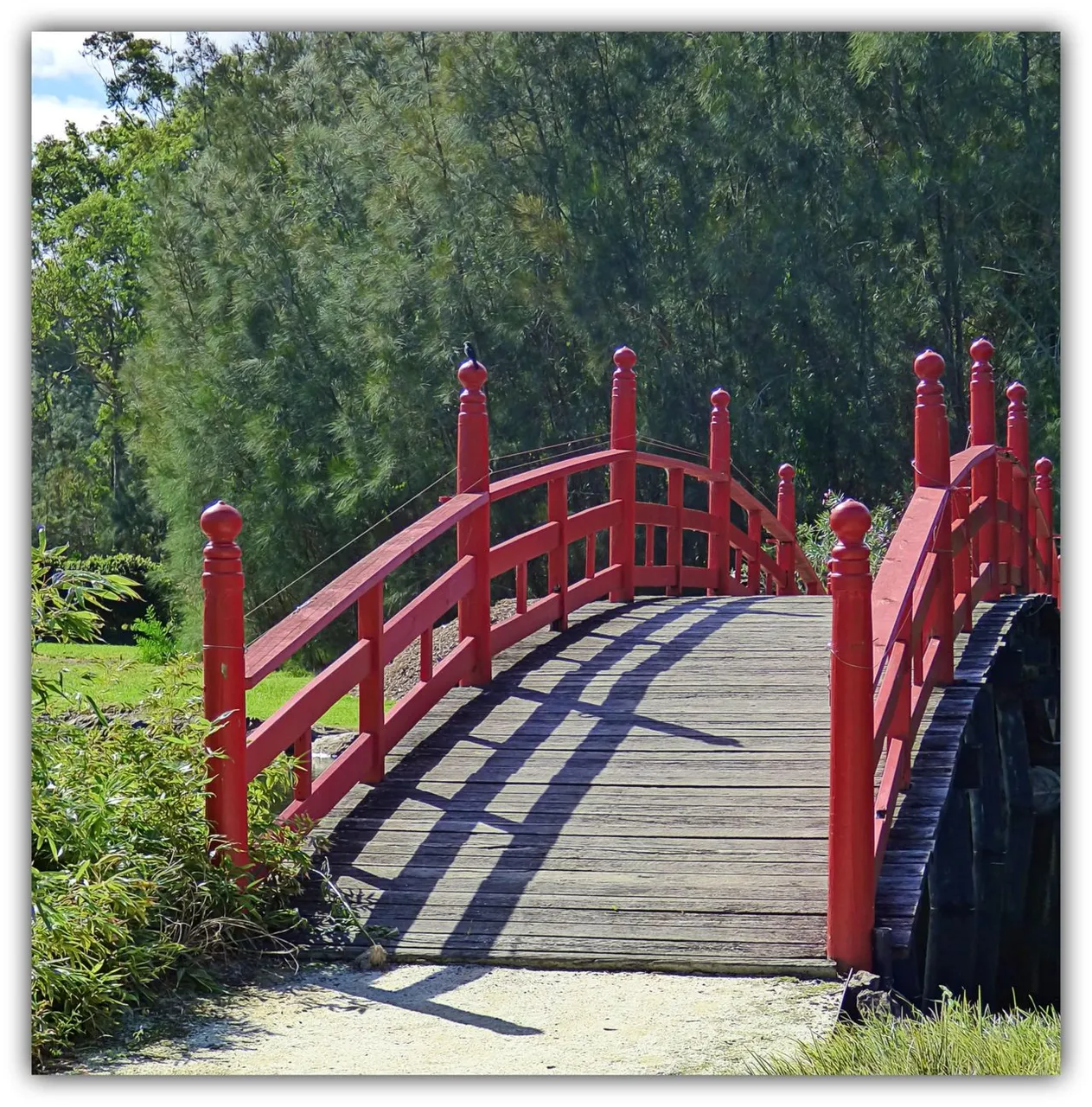
For example, a timber bridge should span a body of water or a bed of stones, sand or anything that represents water.
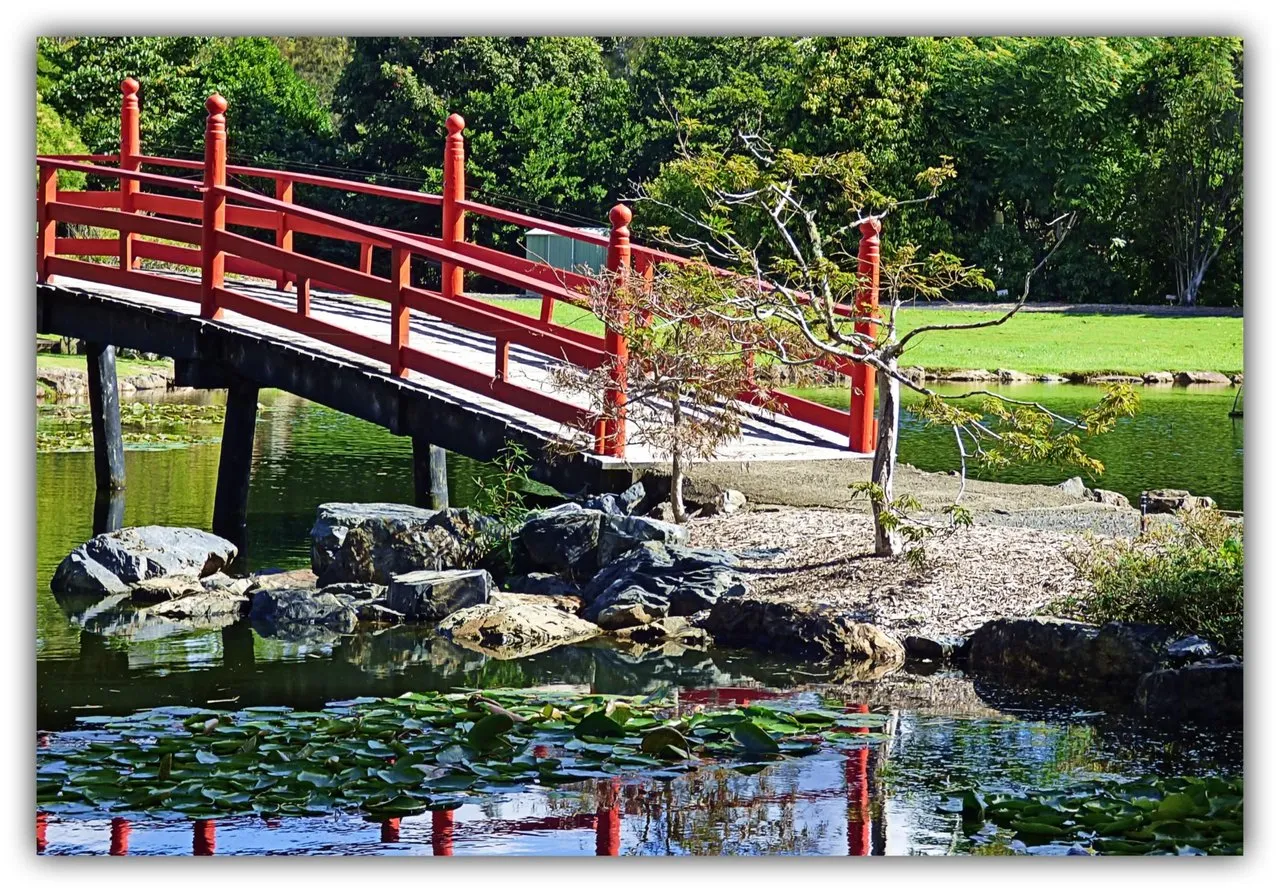
Seats placed in the gardens need to be low and unobtrusive and it is vital for the colour, shape and texture of man-made elements to blend in harmoniously with its surroundings.
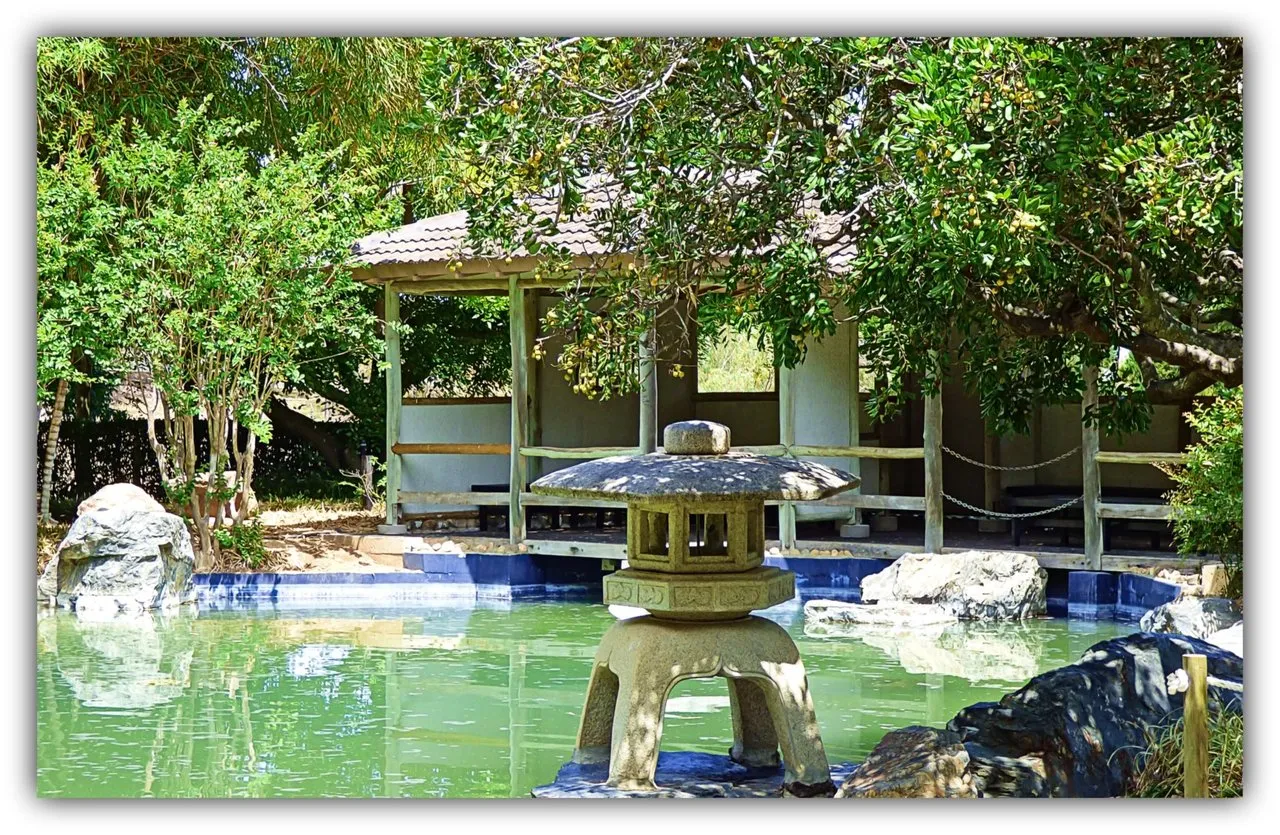
Western gardens focus more on plants and their various species whereas the focus for Japanese gardens is rocks first, then trees and shrubs secondly.
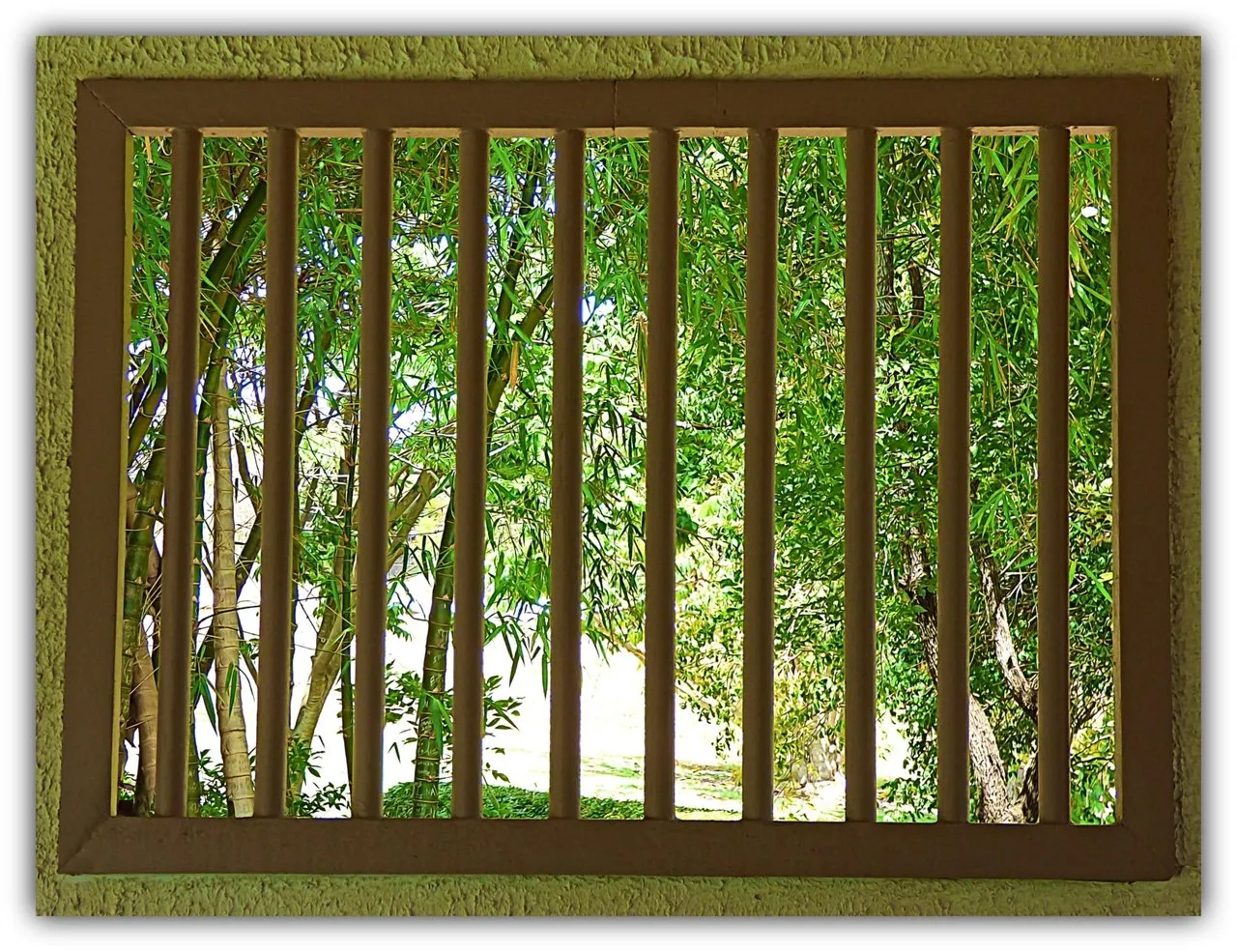
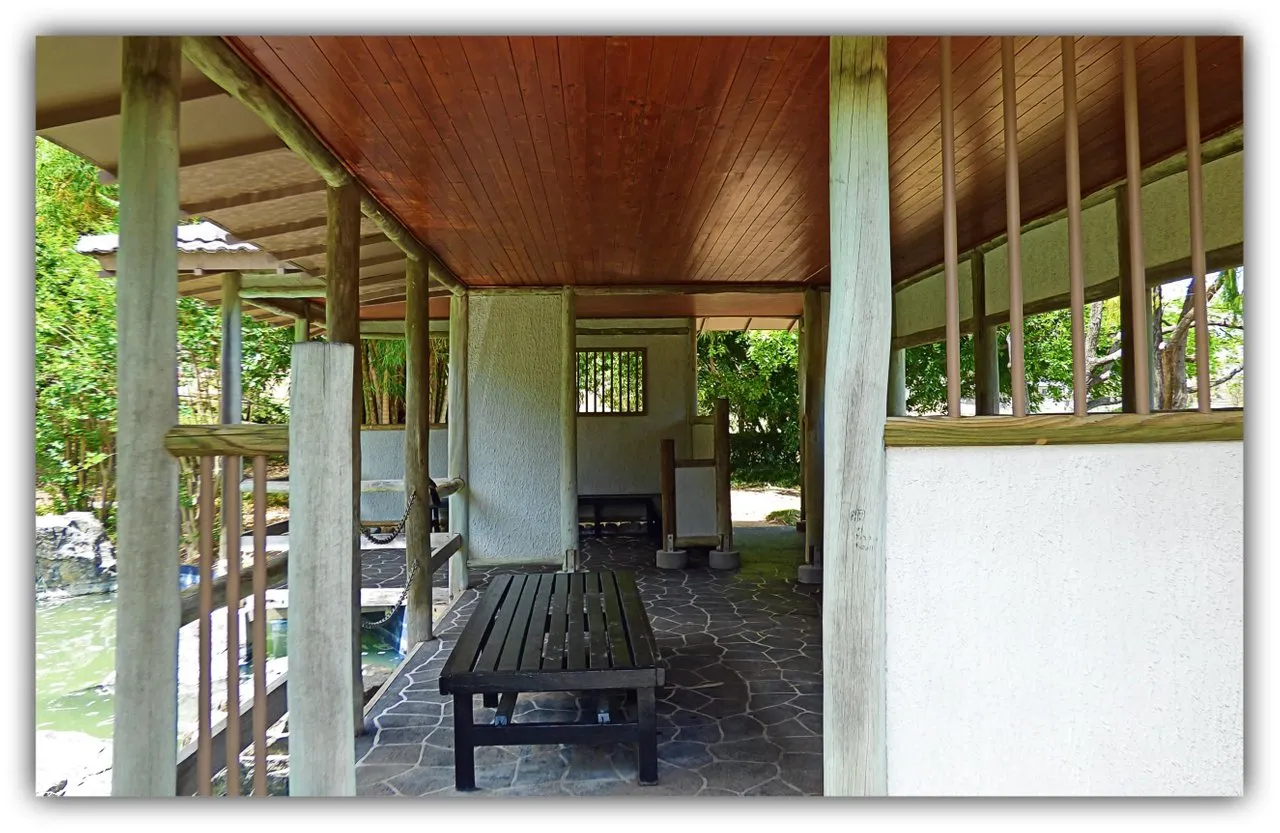
The spiritual connection that the Japanese people have with their land, with nature and the spirits has prompted them to incorporate natural materials in their gardens. Japanese stone lanterns (or platform lamps) date back to the Nara period and the Heian period.
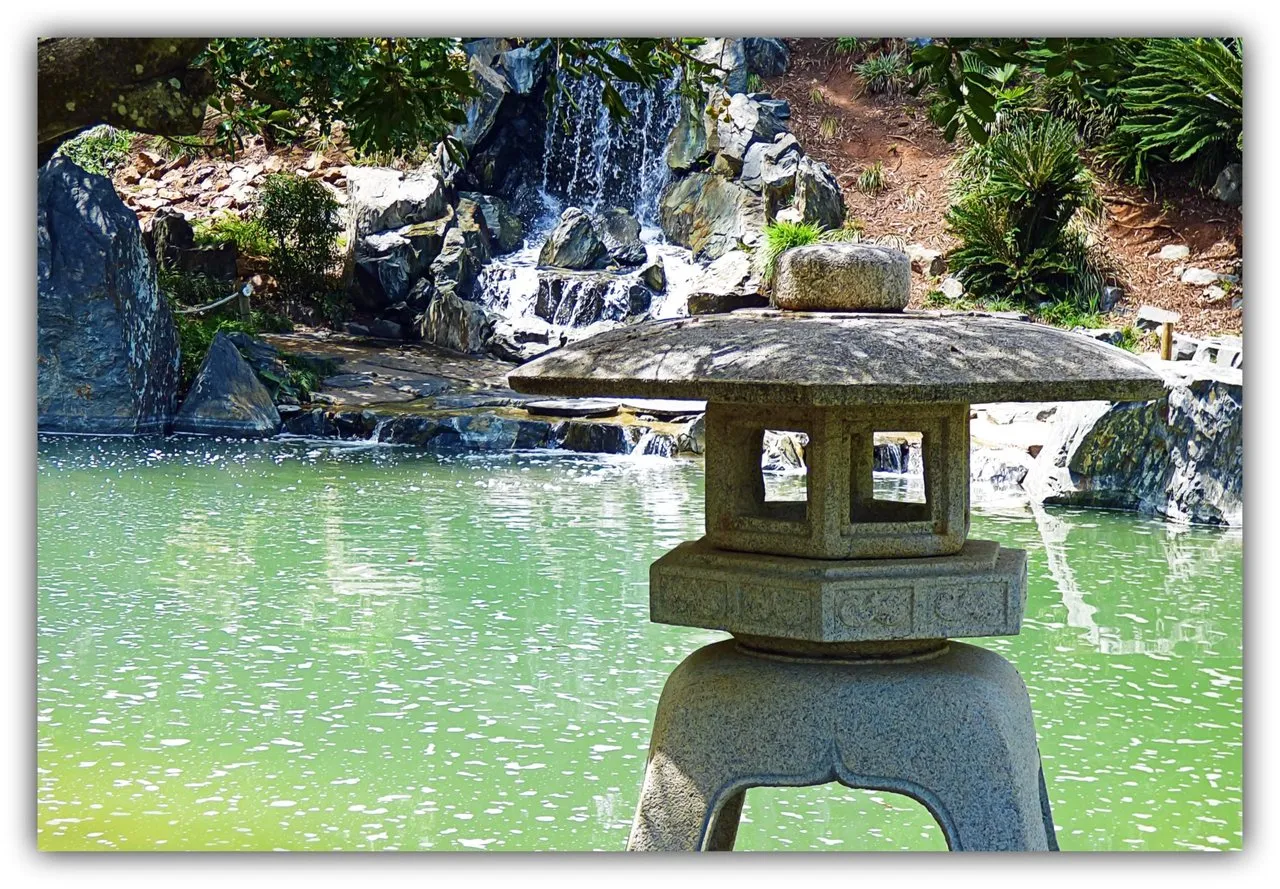
They were originally located in the Buddhist temples, and according to tradition, they were introduced during the Momoyama period when tea gardens were created by the first great tea masters, and in later gardens they are used purely for decoration.
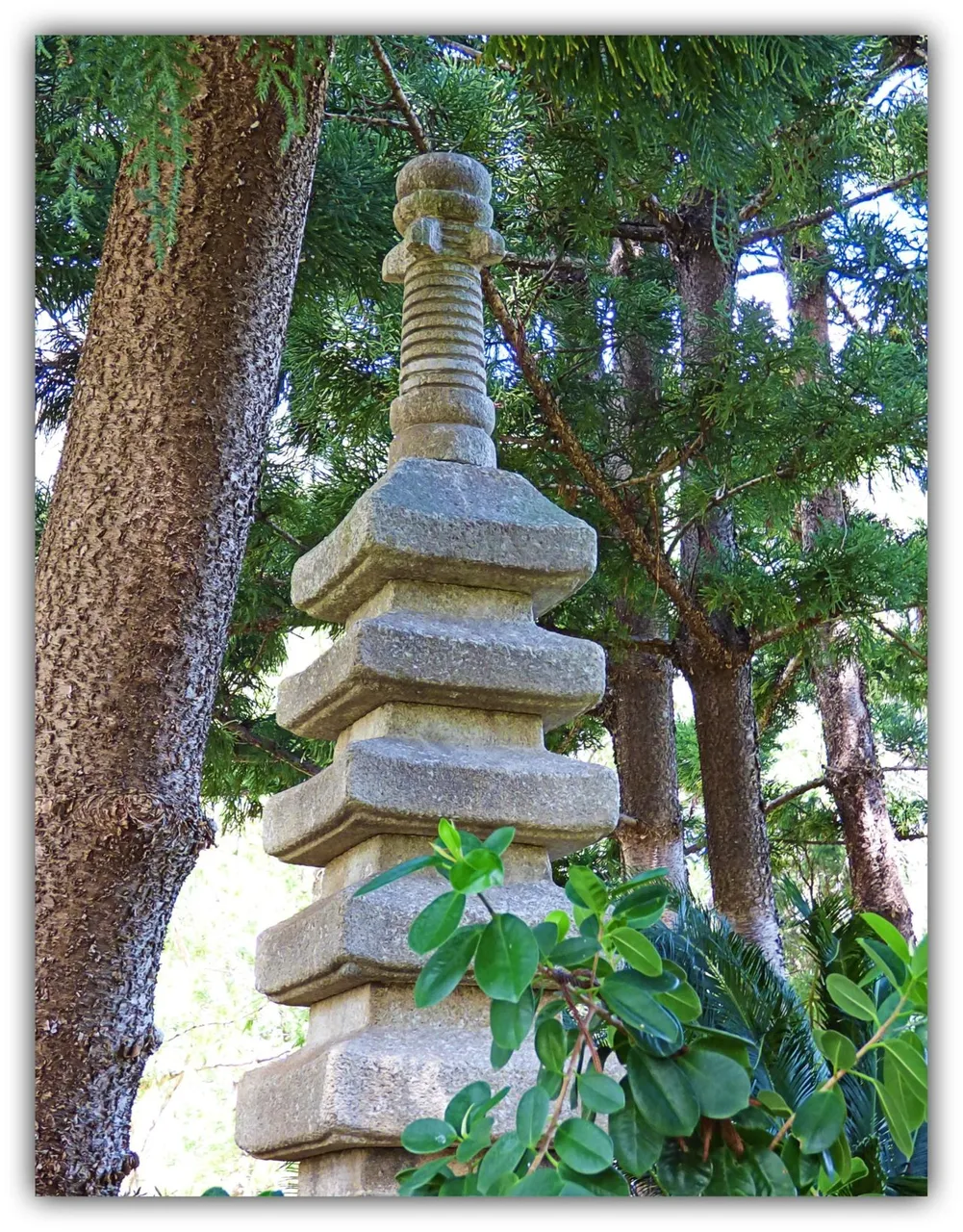
The very first Japanese gardens appeared on the island of Honshu, the large central island of Japan. Their appearance was greatly influenced by the local characteristics of the Honshu landscape which included rugged volcanic peaks, narrow valleys, mountain streams with waterfalls and cascades, lakes and beaches of small stones.
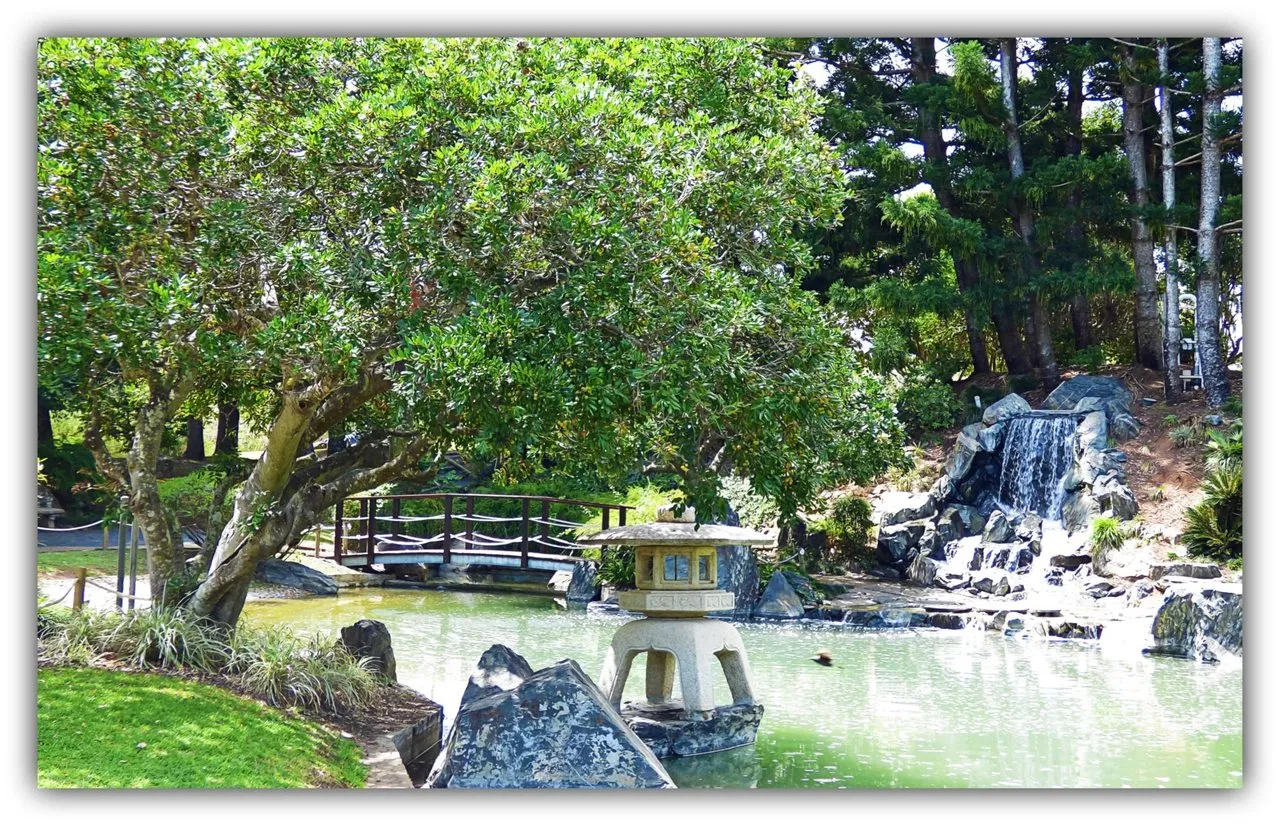
The wide variety of flowers and trees, especially evergreen trees also featured in these gardens as did the four distinct seasons in Japan, including hot, wet summers and snowy winters.
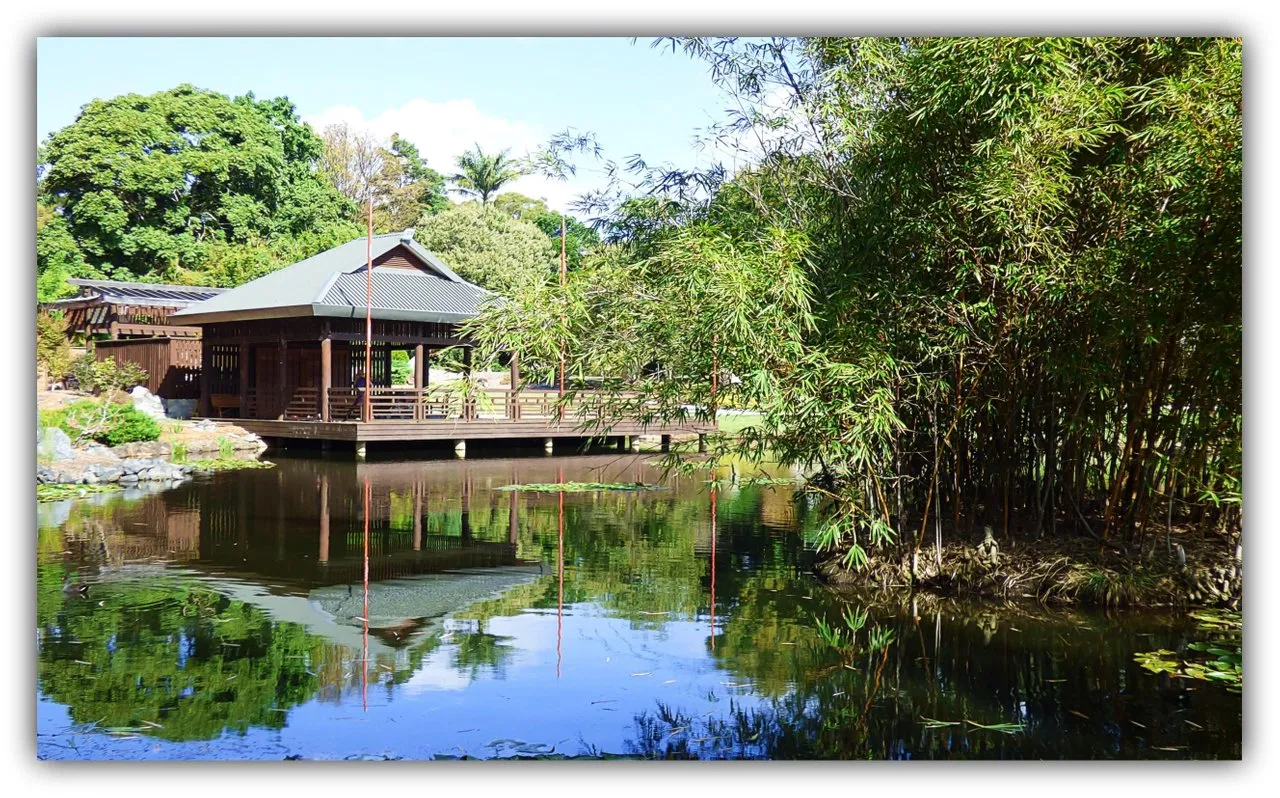
The origins of Japanese gardens stem from the Japanese religion of Shinto which incorporates the creation of eight perfect islands, and of the shinchi, the lakes of the gods.

They are also strongly influenced by the Chinese philosophy of Daoism and Amida Buddhism, imported from China in or around 552 AD.
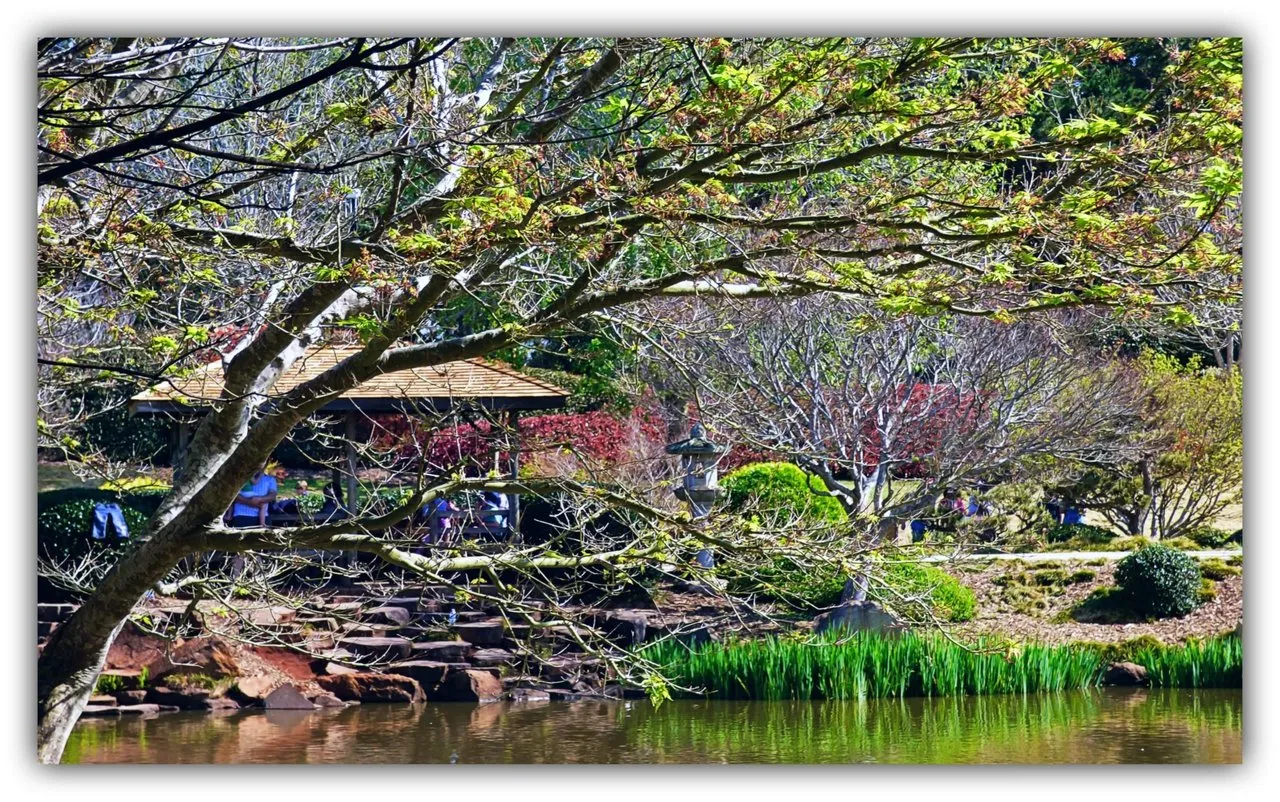
Prehistoric Shinto shrines to the kami, the gods and spirits, are found on beaches and in forests all over the island.
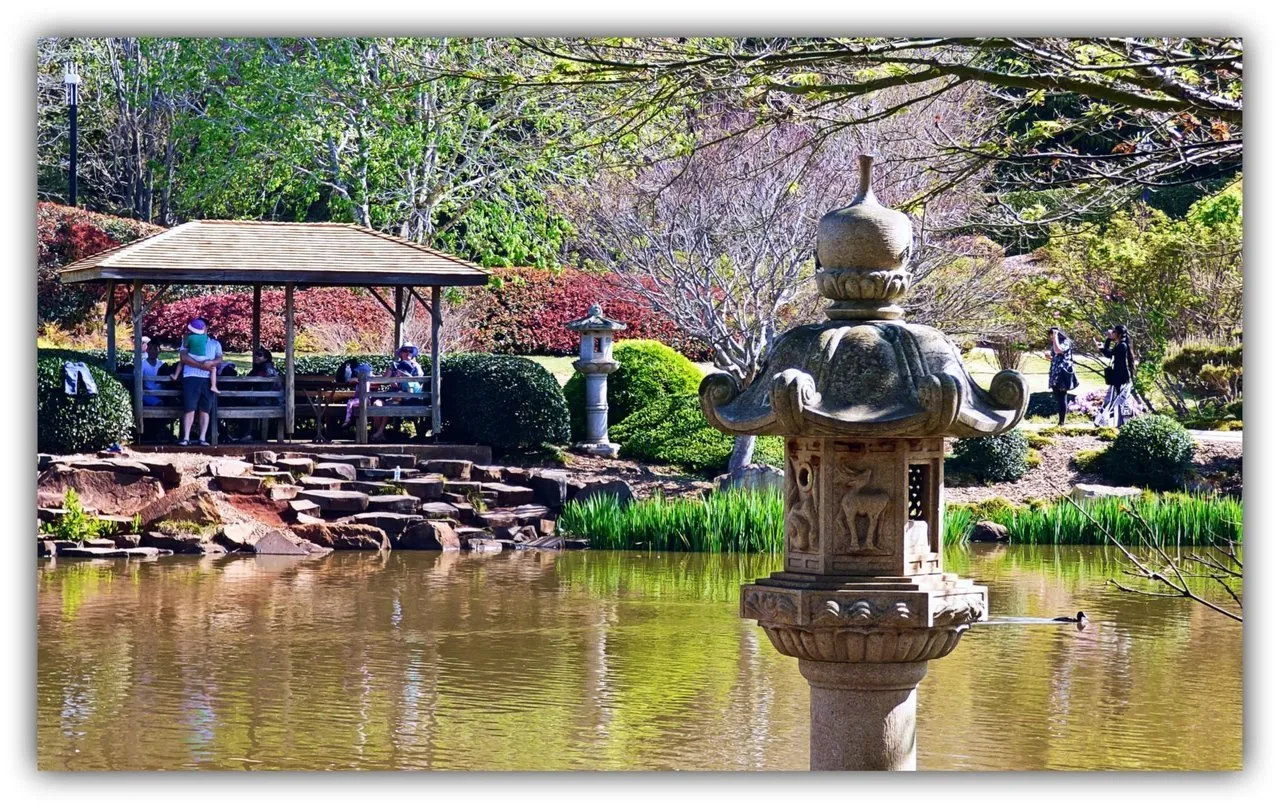
These ancient shrines often took the form of unusual rocks or trees marked with cords of rice fiber (shimenawa) and surrounded with white stones or pebbles, a symbol of purity.
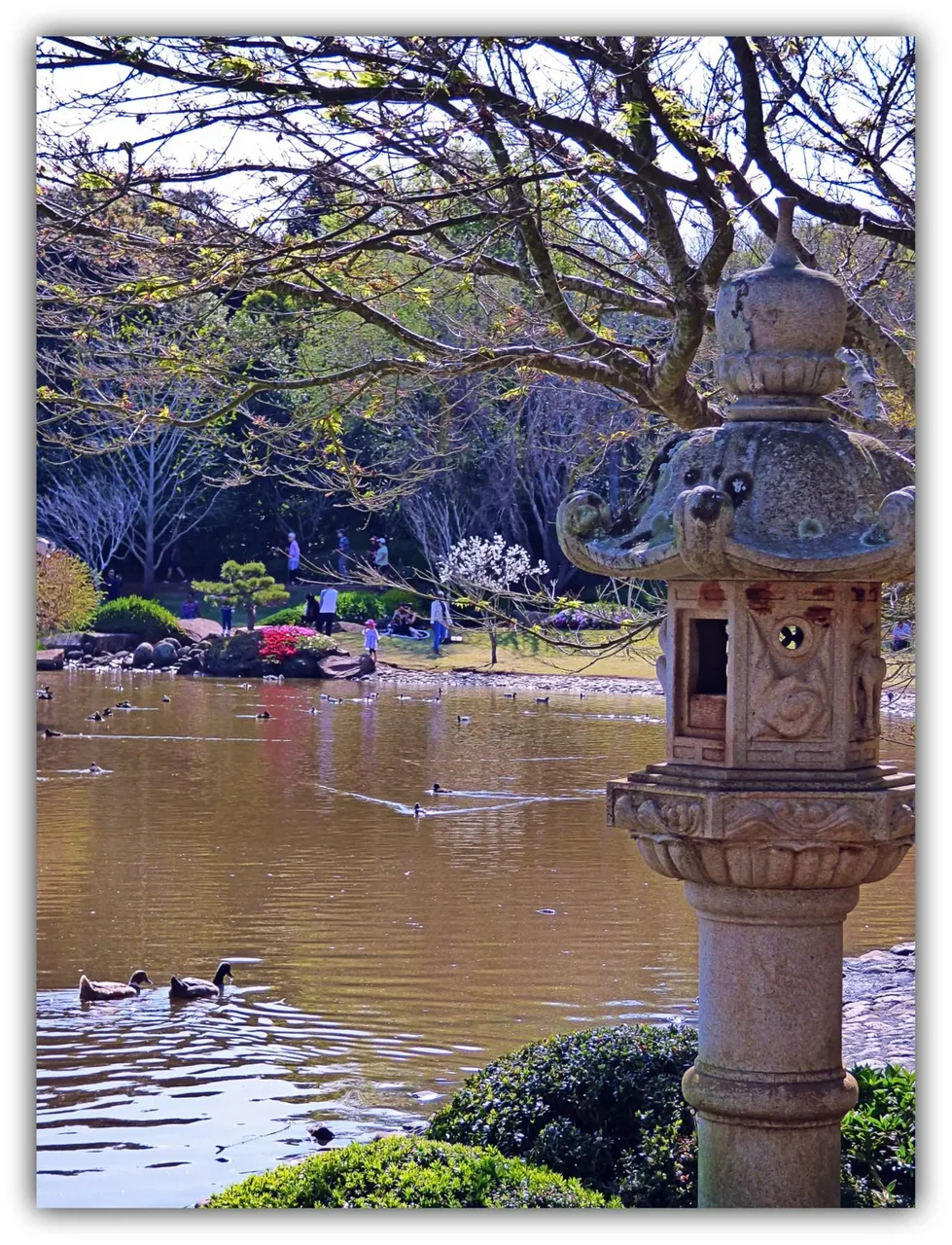
The white gravel courtyard became a distinctive feature of Shinto shrines, Imperial Palaces, Buddhist temples, and zen gardens.
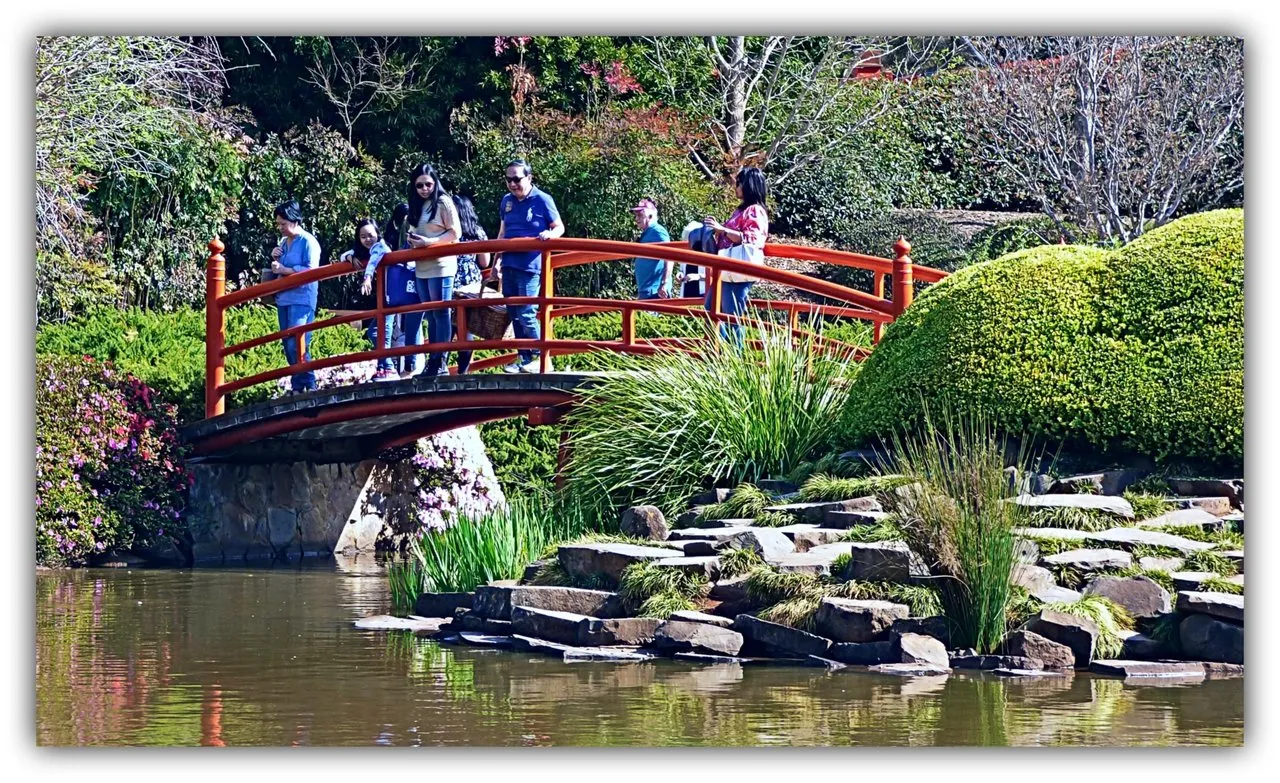
The original photos of these Japanese Gardens were captured at three different locations in Australia. The Toowoomba Japanese Gardens, The Rockhampton Botanic Gardens and The Coffs Harbour Botanic Gardens.
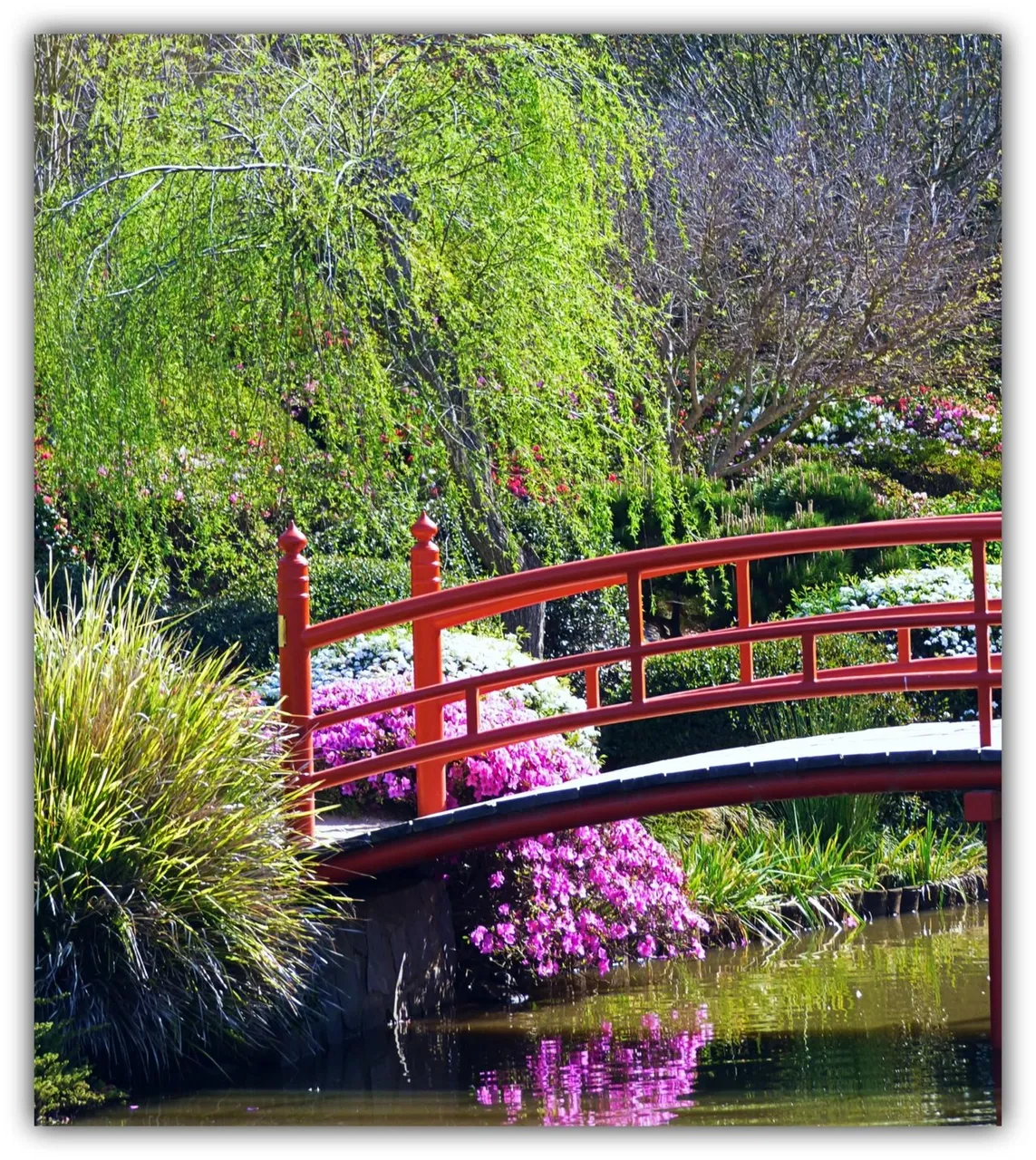
THANK YOU FOR VIEWING. HAVE A GREAT DAY.
Source 1:
Source 2:




















































